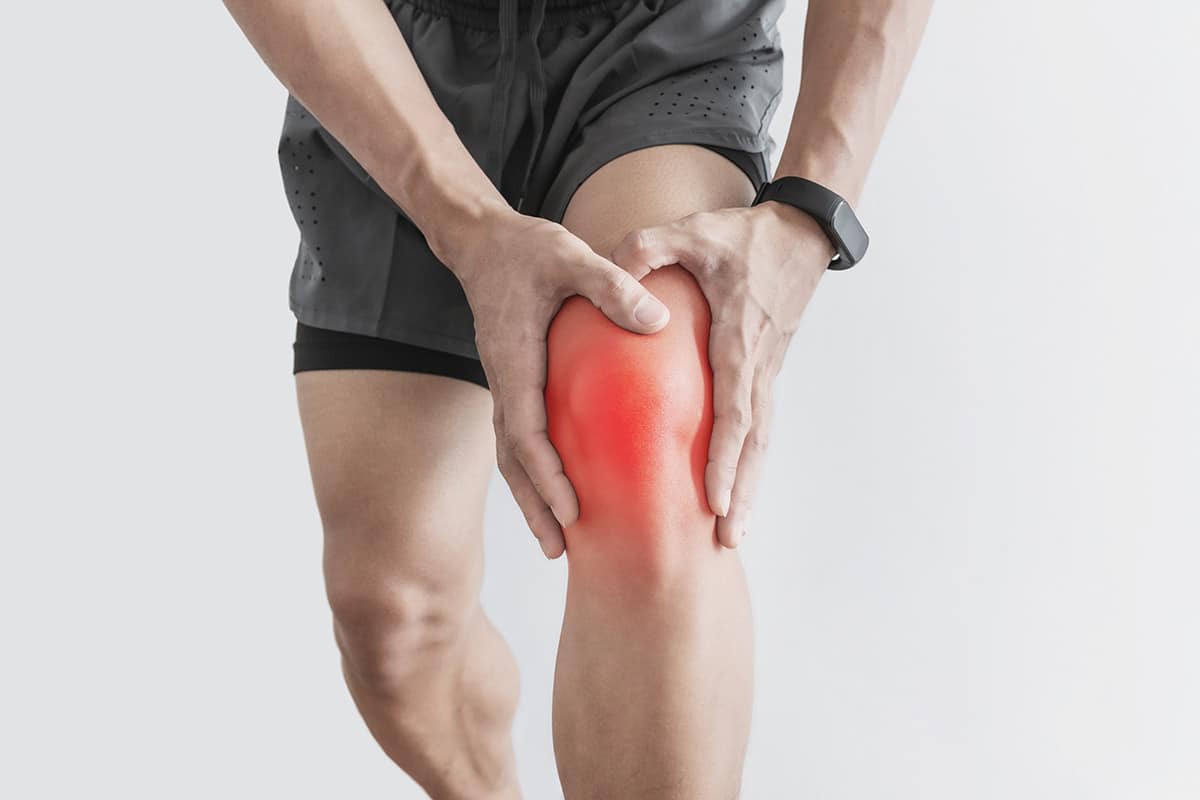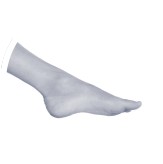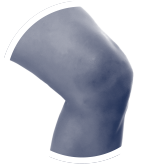
Overview of Knee Meniscal Tears
Meniscus tears are among the most common knee injuries. Athletes, particularly those who play contact sports, are at risk of meniscus tears; however, anyone at any age can tear the meniscus. When people talk about torn cartilage in the knee, they are usually referring to a torn meniscus.
Anatomy of Knee Meniscus
The menisci are two C-shaped pieces of cartilage located in each knee joint, acting as shock absorbers to reduce the forces going through the knee joint. They are made of tough fibrocartilage and are situated between the femur (thigh bone) and tibia (shin bone). The menisci help to transmit weight from one bone to another and play an important role in knee stability.
Causes of Meniscal Tears
Acute meniscus tears often result from sudden twisting or rotating movements of the knee joint, particularly during sports or activities that involve cutting or pivoting, squatting, or heavy impact.
Meniscus tears can also occur due to age related joint degeneration. Aged, worn tissue is more prone to tears; an awkward twist when getting up from a chair, or out of the car, may be enough to cause a tear in a worn meniscus.
Common causes include
- Sports Injuries: Athletic activities with rapid direction changes, such as football, basketball, and skiing.
- Age-Related Degeneration: The menisci can weaken and become more susceptible to injury with age.
- Knee Osteoarthritis: Pre-existing degeneration from conditions like knee osteoarthritis can increase the risk of meniscal injuries.Symptoms of a Meniscus Tear: The symptoms of a meniscal injury can vary depending on the severity and location of the tear.
Common symptoms include:
- Knee Pain: Pain at the site of the tear, often located along the joint line.
- Swelling: Swelling may occur within 24-48 hours after the injury.
- Locking: The knee may feel like it gets stuck or locked in a certain position.
- Popping or Clicking: Some individuals may experience popping or clicking sensations during knee movement.
- Instability: A feeling of the knee “giving way” or being unstable.
Diagnosis of Meniscus Tears
To diagnose a meniscus injury, a healthcare professional will perform a thorough evaluation, including:
Physical Examination
During a physical examination, your doctor will assess your range of movement and how you walk. They will also look for signs of swelling and tenderness along the joint line where the meniscus sits.
One of the main tests for meniscus tears is the McMurray test. This involves bending your knee, then straightening and rotating it; this puts tension on a torn meniscus. If you have a meniscus tear, this movement will likely cause pain, clicking, or a clunking sensation within the joint.
Imaging Tests
There can be a crossover of symptoms with other knee injuries, therefore your specialist may order imaging tests to help confirm the diagnosis.
X-rays
X-rays provide excellent images of bones which make them the test of choice for conditions such as fractures and osteoarthritis, however an X-ray will not show a meniscus tear. If your doctor needs to rule other causes out, they might suggest you have an x-ray.
Magnetic Resonance Imaging (MRI) scans
An MRI provides 3D images which scan assesses the soft tissues in your knee joint in high detail, including the menisci, cartilage, tendons, and ligaments.
Treatment Options for Meniscus Tears
The treatment for a meniscal injury depends on various factors, including the size, location, and type of tear, as well as the patient’s activity level. Treatment options include:
Conservative Management
For minor tears or in patients with certain medical conditions, rest, ice, compression, and elevation (RICE) may be sufficient. Physiotherapy can also help strengthen the knee and surrounding muscles.
Arthroscopic Surgery
For more significant tears or persistent symptoms, arthroscopic surgery may be recommended.
Surgical Options and Outcomes
Arthroscopic surgery involves inserting a small camera and surgical instruments through tiny incisions in the knee. The surgeon can then trim or repair the torn meniscus. Outcomes and recovery depend on the extent of the injury and the type of surgery performed:
Meniscectomy
Partial removal of the torn meniscus. In this procedure, the damaged meniscus tissue is trimmed away. This procedure typically allows for immediate weight bearing, with no restrictions on range of motion after surgery. Recovery is generally quite quick (3 – 6 weeks), but there is a risk of long-term joint degeneration due to reduced cushioning.
Meniscal Repair
This involves suturing (stitching) the torn meniscus together to promote healing. This option is preferred for certain types of tears and in younger patients. Once the initial healing is complete, your consultant will refer you to physiotherapy for rehabilitation exercises. You will start with exercises to improve the range of movement in your knee, and then build on your strength and endurance.
Rehabilitation time for a meniscus repair is about 3 to 6 months.
Although recovery is longer, this procedure can help to preserve the knee’s natural shock absorption and also the joint cartilage, reducing the risk of osteoarthritis later in life.
Q & As
Q1: Can a meniscus tear heal on its own without surgery?
A1: Small, stable tears in the meniscus may heal on their own with rest and conservative treatment. However, larger or complex tears often require surgical intervention.
Q2: How long does it take to recover from meniscus surgery?
A2: Recovery time varies based on the type of surgery and the extent of the injury. In general, patients can expect a few weeks to several months for full recovery.
Q3: Can I return to sports after meniscus surgery?
A3: Depending on the extent of the injury and the type of surgery, many individuals can return to sports and physical activities after successful rehabilitation.
Q4: Is physiotherapy necessary after meniscus surgery?
A4: Yes, physiotherapy is crucial to regain knee strength, range of motion, and stability after meniscus surgery.
Q5: Are meniscus injuries preventable?
A5: While it may not be entirely preventable, maintaining strong leg muscles, using proper techniques during sports, and avoiding excessive stress on the knee can help reduce the risk of meniscal injuries.









